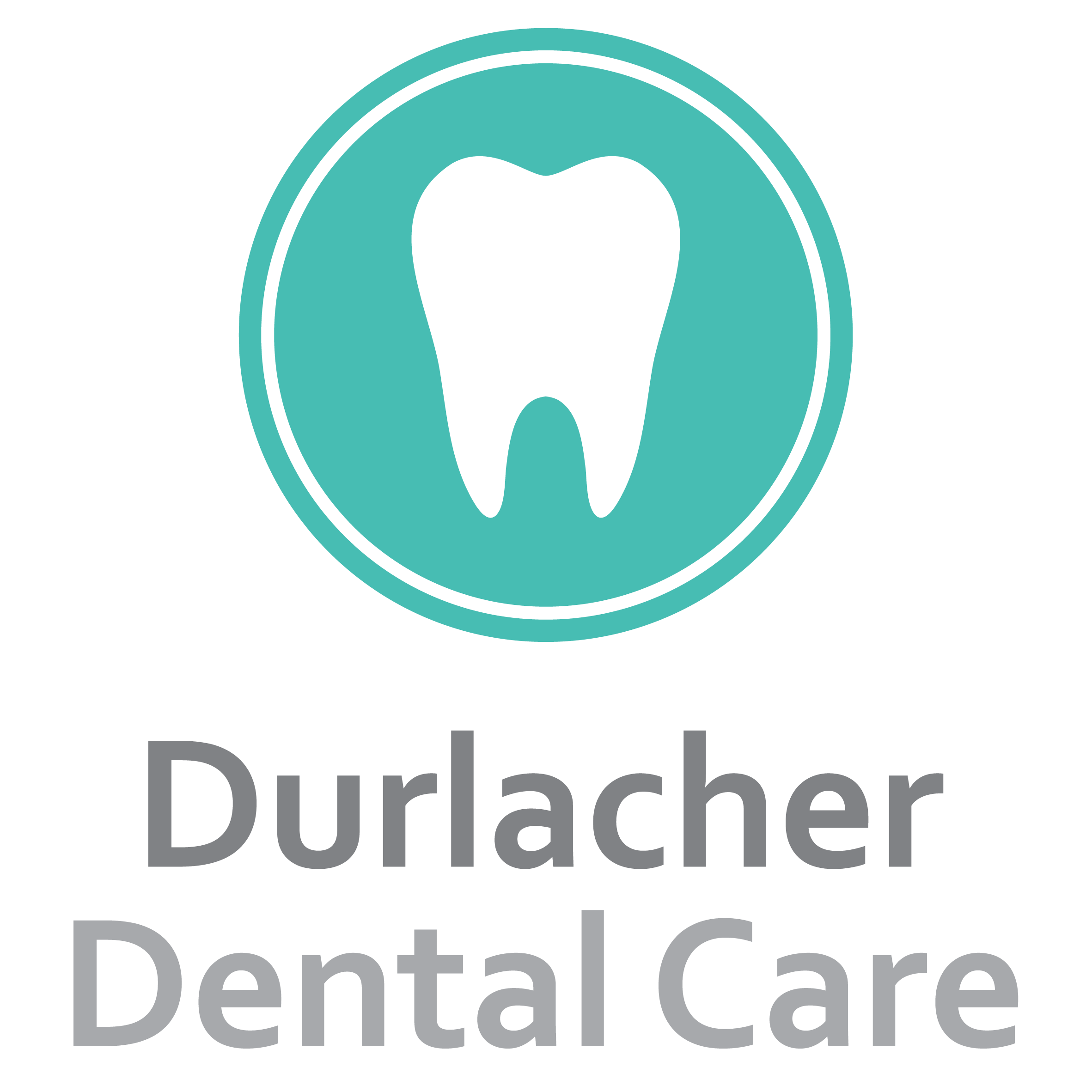Gum Disease
Holding on to your teeth for as long as possible is the aim of modern dentistry.
But what happens if there’s nothing for your teeth to hold on to within the jaw? The disease in which the supporting structures of the teeth are lost is called “periodontitis”, and it is both preventable and manageable in the dental surgery.
Gum disease can occur when dental plaque and calculus builds up on the teeth. The early signs of gum disease, known as “gingivitis”, are bleeding, redness and swelling of the gum. If this isn’t treated, the gum weakens, and pockets form around the teeth. Bacteria then gets into these pockets, causing further inflammation, which can then attack the bone supporting the tooth root. As bone is lost, larger spaces begin to form between the tooth and the gum, resulting in bad breath, food getting stuck in between the teeth, bad tastes in the mouth, and ultimately loose teeth.
In certain cases of gum disease, a specialist called a “periodontist” may be needed to help you avoid premature loss of otherwise healthy teeth. He or she can help remove plaque and calculus that can’t be reached by normal brushing, and regular maintenance visits may be necessary, as gum diseases tend to recur.
Like any dental therapy, the sooner the condition is identified and treated, the better and longer lasting the results. Whilst careful cleaning with a soft brush, especially along the gum line, will help prevent gum disease, your dentist is the best judge of whether a special periodontal visit is necessary, hence the need for regular dental check-ups and why prevention is better than a cure.

